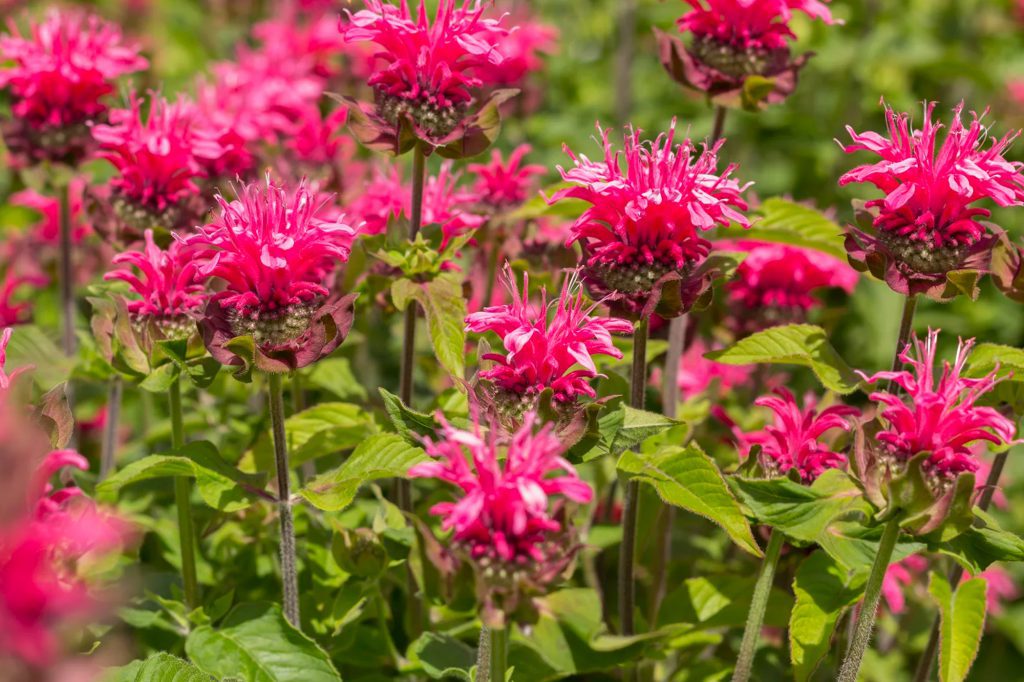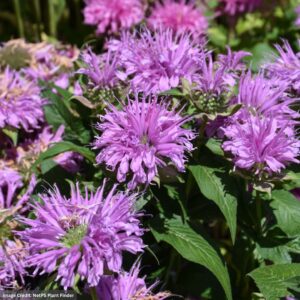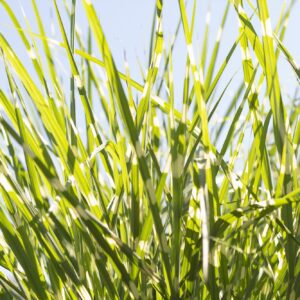July 21, 2025
Monarda Magic: Bright Blooms for Hummingbirds and Bees
If you’re looking for a perennial that brings your garden alive with color and activity, Monarda, commonly known as bee balm, is a perfect choice. This North American native is a true garden hero – beloved by hummingbirds, bees, and butterflies, but largely ignored by deer and rabbits. Here’s why gardeners adore Monarda and how to keep it thriving in your garden.

Why Grow Monarda?
1. Hummingbird and Pollinator Paradise
Monarda’s tubular flowers are designed for pollinators. Hummingbirds flock to its blooms for easy nectar access, while bees and butterflies adore it too. Planting Monarda ensures your garden is buzzing with life all summer long.
2. Deer and Rabbit Resistant
While your local wildlife might munch on hostas and lilies, they tend to avoid Monarda. Its strong aromatic foliage, which has a minty scent when crushed, is unappealing to deer and rabbits. This makes it an ideal choice if browsing critters have been a problem in your garden.
3. Beautiful Blooms with a Wildflower Feel
Monarda produces bright, shaggy flowers in shades of red, pink, purple, and white from early to mid-summer. The blooms have a natural, slightly wild look that works beautifully in pollinator gardens, cottage gardens, and meadow-inspired plantings.
4. Medicinal and Culinary History
Monarda has been used traditionally to make herbal teas, especially the species Monarda didyma, often called Oswego Tea. Its leaves have a minty oregano-like flavor and can be used sparingly in teas or as a garnish.

Bee Balm (Monarda Didyma) – Bee Mine Lavender
Different Types of Monarda
Monarda didyma (Bee Balm / Oswego Tea)
This is the classic bee balm with bright red flowers, known for its strong growth and attractiveness to hummingbirds. It thrives in moist soils and is a staple in pollinator gardens.
Monarda fistulosa (Wild Bergamot)
Features lavender-pink flowers and is more drought-tolerant once established. It has a lighter, oregano-like scent and is native to prairies and meadows, making it an excellent choice for naturalistic plantings.
Cultivars and Hybrids
Many modern cultivars offer improved mildew resistance and unique colors like deep magenta or pure white. Look for names like:
- ‘Jacob Cline’ – bright red with strong mildew resistance
- ‘Purple Rooster’ – rich purple blooms on sturdy stems
- ‘Raspberry Wine’ – raspberry-red flowers with tall, upright growth
Caring for Monarda
Sunlight:
Monarda thrives in full sun for the best flowering, though it can tolerate light shade.
Soil:
It prefers rich, moist, and well-drained soil. While it can handle average garden soil, consistent moisture will keep it happiest.
Watering:
Water regularly, especially during dry spells, to prevent wilting and stress.
Spacing:
Give Monarda good air circulation by spacing plants 18-24 inches apart. This helps prevent powdery mildew, which can be a common issue with bee balm.
Pruning:
Deadhead spent flowers to encourage more blooms. In late fall or early spring, cut back the stems to the ground to promote healthy regrowth.
Dividing:
Every 2-3 years, divide your Monarda clumps in early spring or fall to keep them vigorous and prevent overcrowding.

Miscanthus Strictus
Companion Planting with Monarda
Pair Monarda with:
- Echinacea (Coneflower): Extends the blooming season and provides a strong pollinator pairing.
- Rudbeckia (Black-Eyed Susan): Adds bold yellows and a sturdy structure alongside Monarda’s shaggy blooms.
- Salvia or Agastache: Creates a layered pollinator border with varied flower shapes and heights.
- Tall grasses: Panicum or Miscanthus balance Monarda’s spreading habit and add movement to your garden.
How to Use Monarda in the Landscape
- Pollinator Gardens: Plant in masses to attract bees, butterflies, and hummingbirds.
- Rain Gardens: Monarda tolerates moist soils and is ideal for rain garden edges.
- Cut Flowers: Their unique blooms add texture and color to summer bouquets.
- Cottage Gardens: Combine with other perennials for a wild, natural look.
Whether you’re creating a hummingbird haven, a buzzing pollinator garden, or simply want a vibrant perennial that deer and rabbits won’t touch, Monarda is a top choice. With its easy care, wide range of beautiful colors, and ecological benefits, bee balm will quickly become one of your garden favorites. Come visit us today to get some Bee Balm of your very own!
